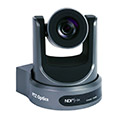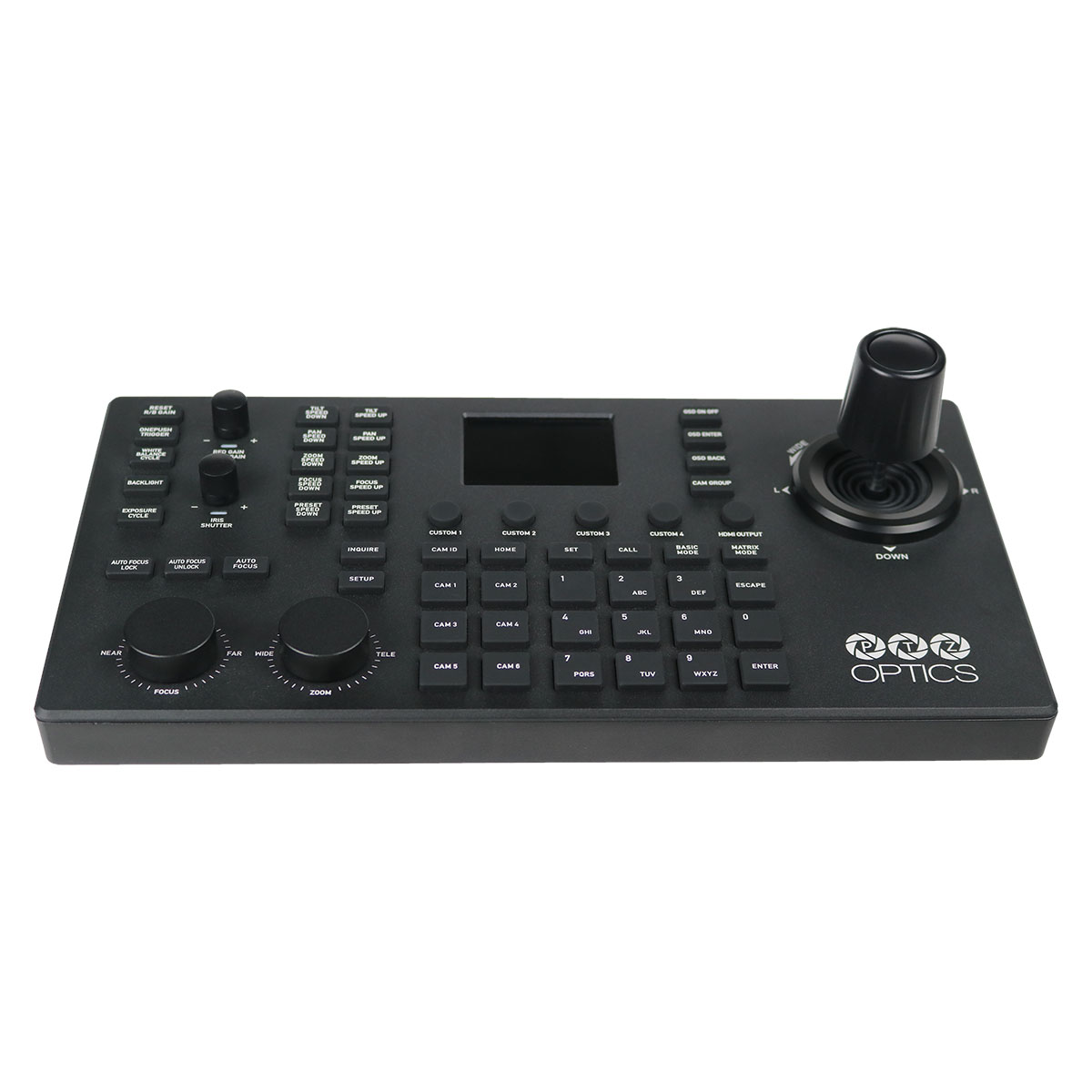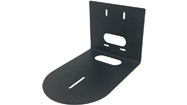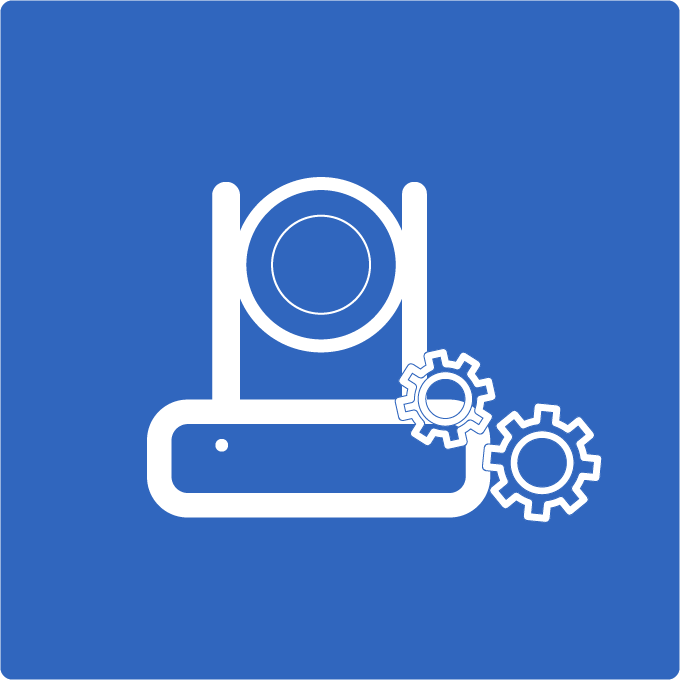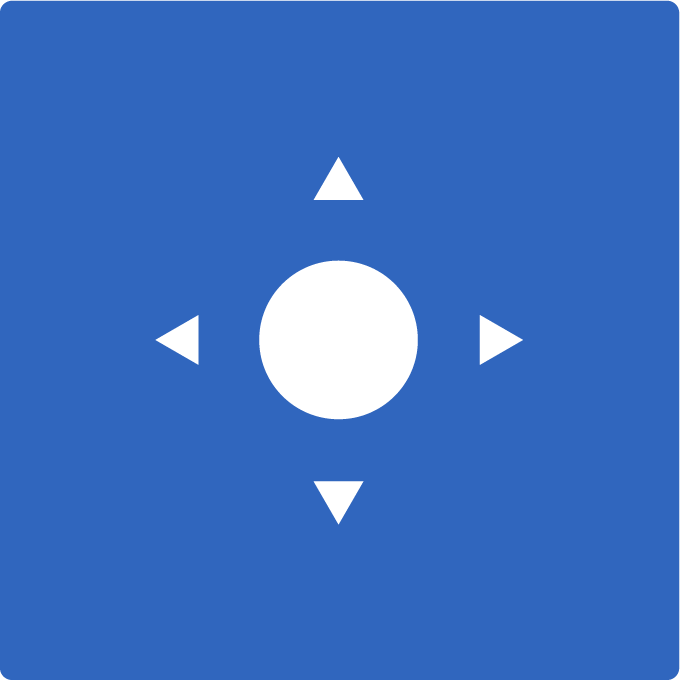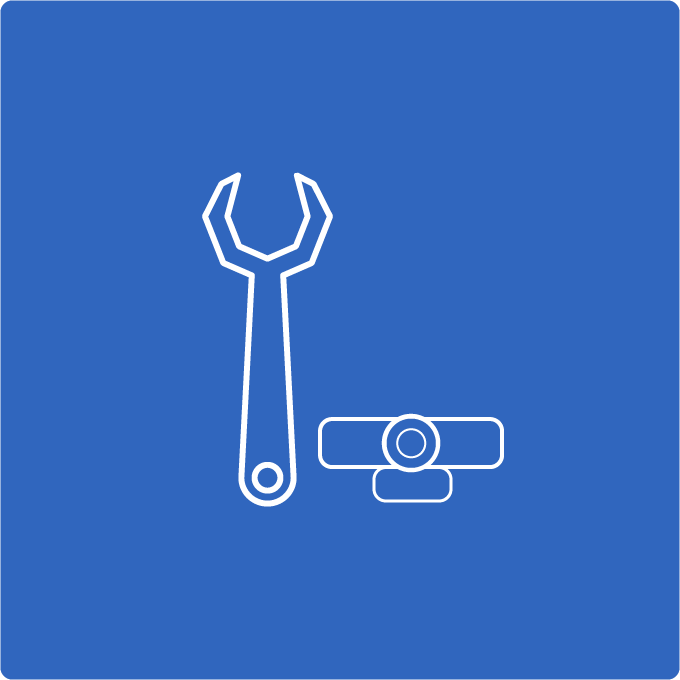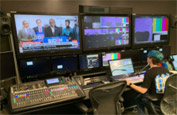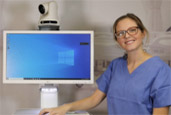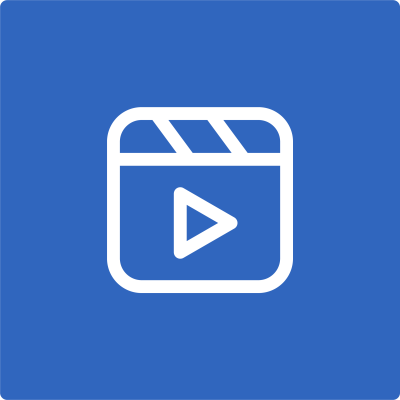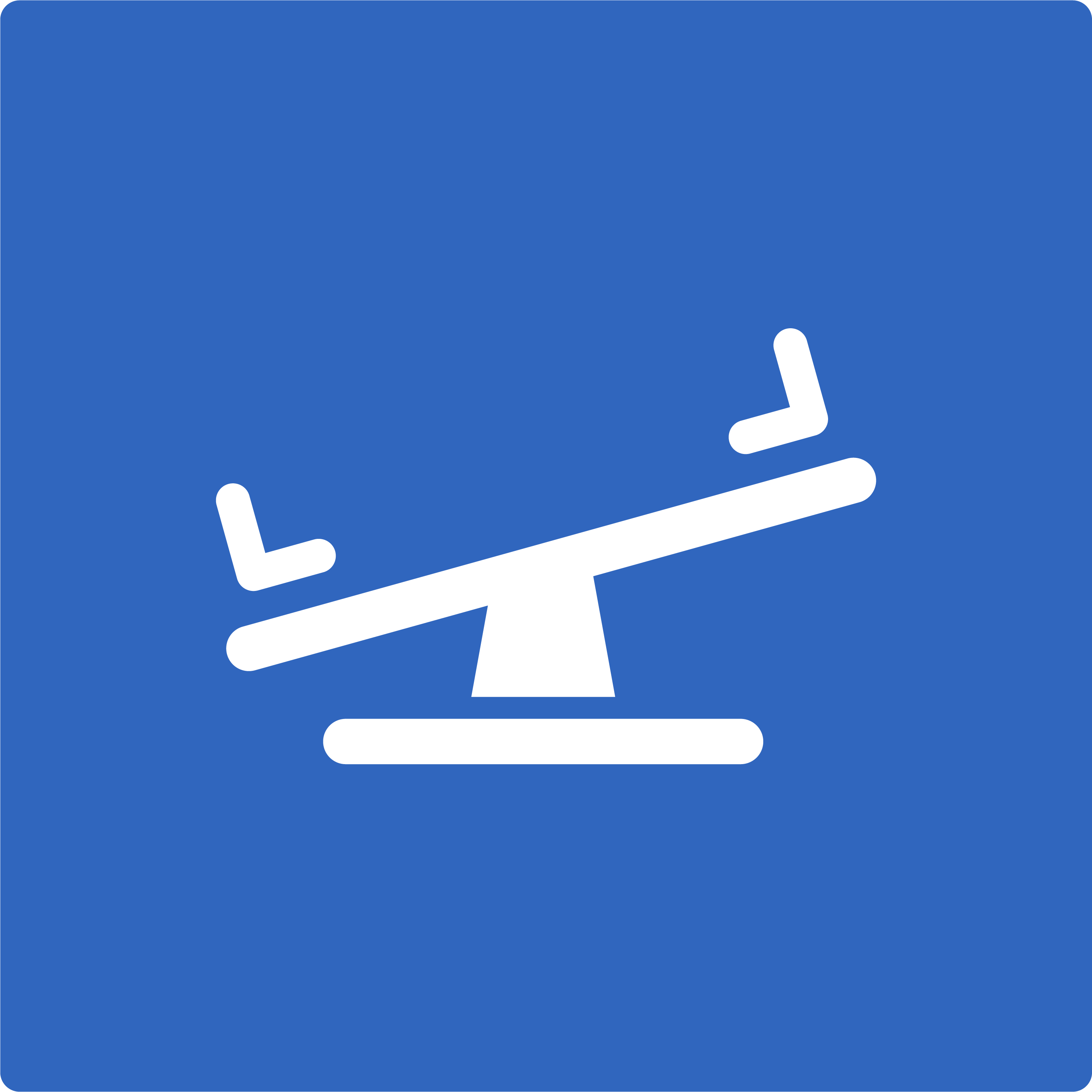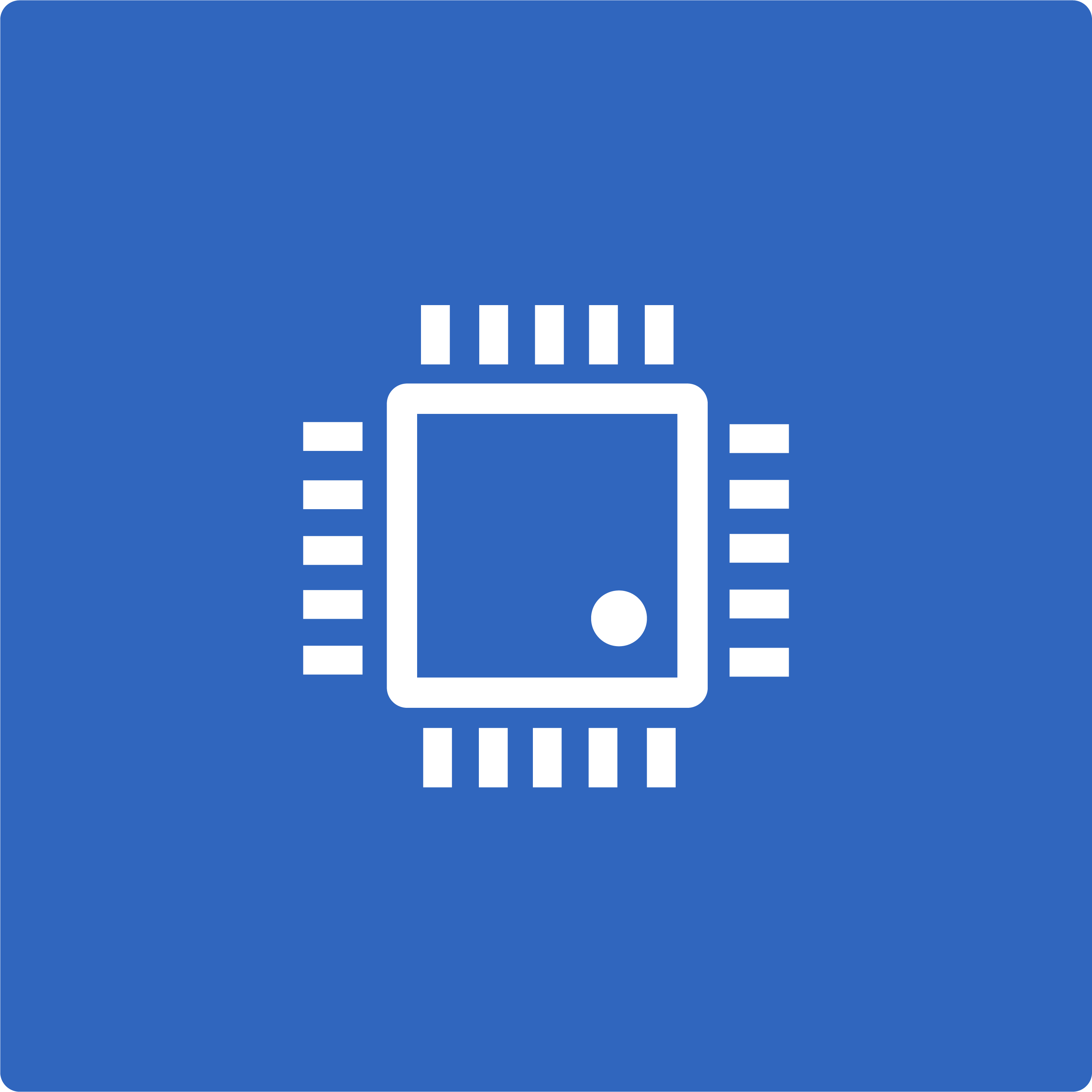Telehealth vs. Telemedicine
Advances in technology are doing more than giving us access to better and more convenient entertainment. They are impacting the way we can access healthcare. This is especially important for those whose health is affected by a lack of access to healthcare professionals. Through the use of broadband internet, computers, and advanced PTZ cameras, doctors, nurses, and other healthcare professionals are bridging the distance to bring medical services to underserved populations.

Two terms that are often used to refer to this type of technology-based remote healthcare are telehealth and telemedicine. These two terms are commonly used interchangeably. However, there is an essential distinction between the two. Understanding the difference can help us have clearer conversations about the role of technology in healthcare and how we can continue to provide ways to positively impact health and healthcare outcomes among the underserved.
Telehealth
Telehealth is a blanket term that refers broadly to the use of technology and telecommunications equipment to provide healthcare and health services to remote locations. Because of the nature of the technology in play, these services can be delivered across town or across oceans and continents as long as there is sufficient internet bandwidth to support the exchange of information.
Telehealth can include health education services, the monitoring of patients, and remote doctor-patient consultations and diagnoses. This can be done via live videoconferencing, which provides an audiovisual link between patients and healthcare providers, along with store-and-forward video conferencing, which allows for the transmission of recorded information, usually to a specialist. Remote patient monitoring (RPM) is another aspect of telehealth that uses specialized connected electronic monitoring tools to transmit health data to a provider in another location, either in real-time or via recording. Telehealth also includes mobile health (mHealth) services, which include the distribution of healthcare information via mobile devices. This may include general health information and even notifications about outbreaks or other health emergencies.
Telemedicine
Telemedicine is a sub-category of telehealth and deals more specifically with remote clinical services. Through the use of broadband internet, PTZ cameras, and remote monitoring equipment, medical professionals can conduct one-on-one consultations and evaluations, transmit and receive medical imaging, and diagnose patients. Patients without direct access to a physician, physician’s assistant, nurse, or nurse-practitioner can receive many of the benefits of an in-person visit via the use of this technology.
To learn more about the advances in technology that make both telehealth and telemedicine possible, including the powerful PTZ cameras that allow doctors to easily control their views using the cameras built-in pan, title, and zoom features, visit the PTZOptics healthcare page.
Telemedicine Carts
When delivering Telemedicine services to patients remotely, many doctors will use a professional telemedicine cart. PTZOptics has partnered with Howard Medical to create a Telemedicine cart many Healthcare professionals use for telemedicine. You can learn more about this cart here and watch the video below.
[xyz-ihs snippet=”Healthcare-Posts”]

